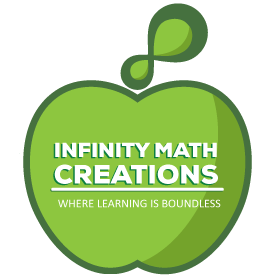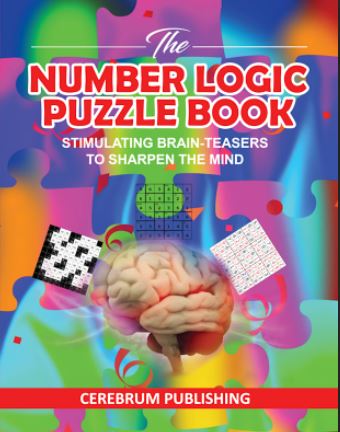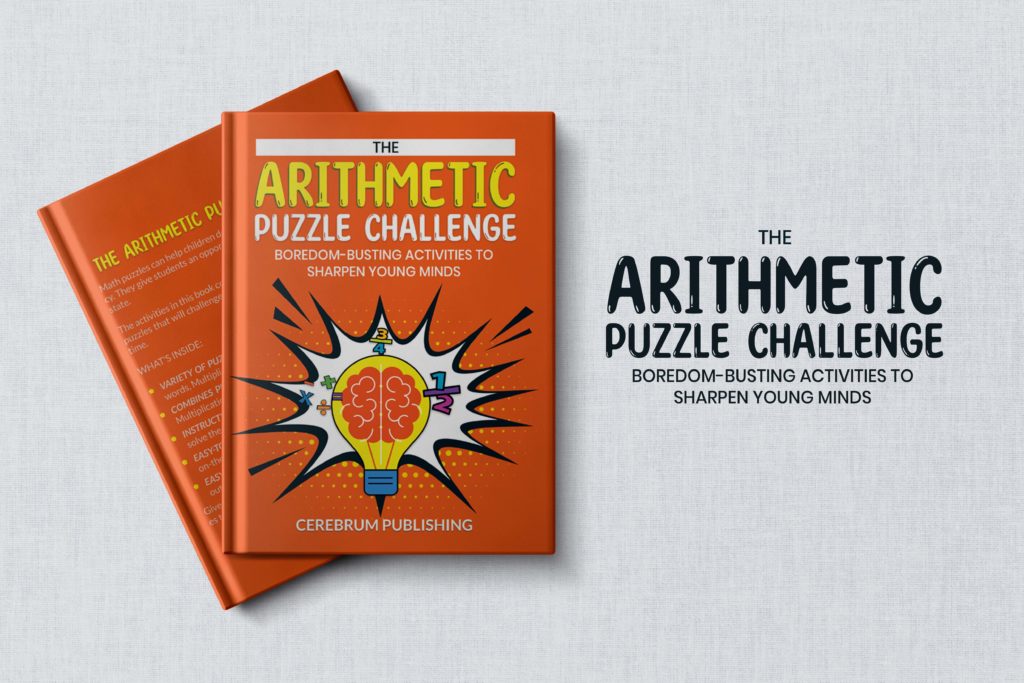I love creating math puzzles resources for teachers and homeschoolers. I get so much pleasure out of seeing positive reviews from teachers and parents! My organization, Infinity Math Creations, has decided to get into book publishing!
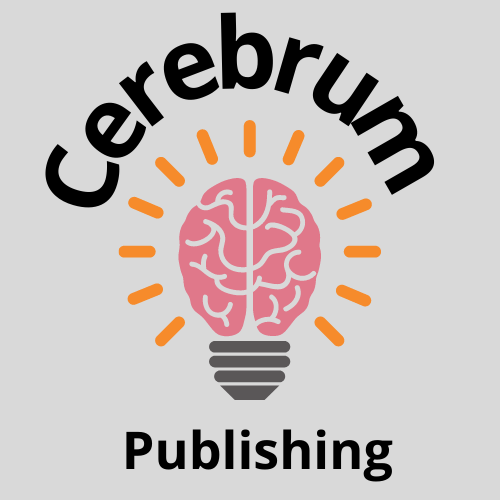
I have meshed arithmetic and puzzles into some awesome books that make math fun for all ages. My book publishing company is called Cerebrum Publishing.
Cerebrum Publishing’s mission is to provide high-quality puzzle books designed to challenge and entertain your brain. It’s important to keep the mind sharp for a healthy lifestyle. Cerebrum Publishing’s games and puzzle books are an awesome solution to maintaining an active mind. Math puzzles are being adding to our growing portfolio, and they are definitely worth checking out! Below I discuss two awesome books in that portfolio!
Number Logic Puzzle Book
If you love numbers, this book will challenge you and provide hours of entertainment!
The Number Logic Puzzle Pack is a fun way for teens, adults and seniors to sharpen their minds. It includes 300+ Assorted Puzzles to keep you occupied for hours.
Whether you are at home or traveling, you will become an all-around puzzler and improve your cognitive skills. You will also elevate your math skills!
It’s important to keep your mind sharp for great mental health.
This cerebral-enhancing activity book for adults is an awesome solution to maintain an active mind.
This book has 6 types of logic puzzles
A logical puzzle is a problem that can be solved through deductive reasoning. Logic puzzles are usually specified by a grid that must be completed by following a set of rules.
In most cases, each puzzle has a unique answer‐‐ which helps the solver fill in the grid. These puzzles are made easier by partially filling out the puzzle for the solver. Each one will test your spatial intelligence, and your ability to see patterns.
Hidato
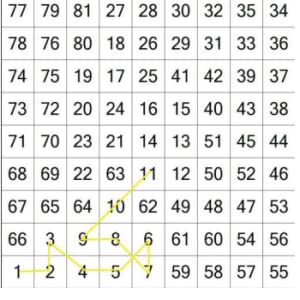
The goal of Hidato is to fill a grid with consecutive numbers that connect horizontally, vertically or diagonally.
The smallest and the highest numbers are given on the grid. Connecting numbers according to certain logic enhances your spatial abilities and can benefit you greatly in many aspects of life (reading maps for one).
Sudoku

In classic sudoku, the objective is to fill a 9×9 grid with digits so that each column, each row, and each of the nine 3×3 sub-grids that compose the grid (also called “boxes”,”blocks”, or “regions”) contain all of the digits from 1 to 9.
A sudoku puzzles a day keeps Alzheimer’s at bay. Playing this popular game improves concentration, improves memory and promotes relaxation.
Renban
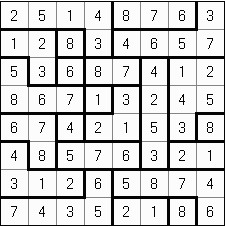
Renban is an old sudoku type that consists of a square grid divided into regions. The aim is to fill in each cell with numbers from 1 to 9, where 9 is the size of the puzzle’s side.
In any row, column, or region, no number may appear twice. In a region, all numbers must form a sequence of consecutive numbers in any order (for example: 4-9-2-3-5-6-7-1-8).
Renban puzzles are great for improving reaction time and critical thinking skills.
KenKen

Fill in each square cell with a number between 1 and 9. In a 9×9 grid, use the numbers 1 thru 9. Each number
is used exactly once in each row and column.
KenKen grids are divided into heavily outlined groups of cells — often called “cages”. The numbers in the cells of each cage must produce a certain “target” number when combined using a specified mathematical operation.
KenKen is a wonderful enrichment activity for students. Furthermore, this puzzle integrates logic, arithmetic, collaboration and deductive reasoning skill.
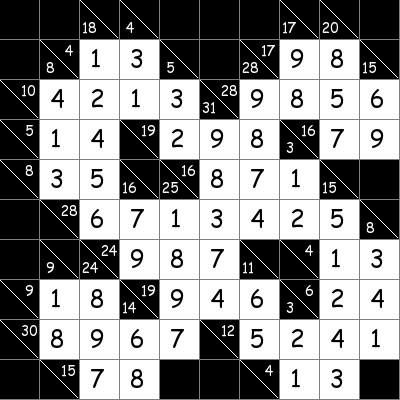
Kakuro
A Kakuro puzzles are similar to crossword puzzles, but instead of letters, the board is filled with digits (from 1 to 9).
he objective is to fill all empty squares using numbers 1 to 9 so that the SUM of each horizontal block equals the sum of the clue on its left (in the black space), and the sum of each vertical block equals the clue (in the black space) on its top.
The Kakuro puzzles combine logic with addition skills and are excellent for basic math puzzles training.
Hashiwokakero
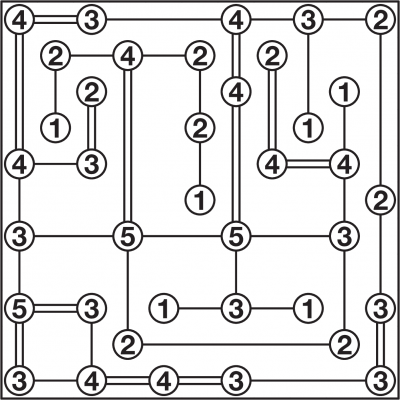
A Hashiwokakero is a Japanese phrase that translates directly as “build bridges. In these puzzles, you connect the islands to form a network so that you can reach any island from any other island. The number on each island indicates the number of outgoing bridges.
They bridges must run orthogonally. (up/down and across).
You can find it on Amazon!
The Number Logic Puzzle Book is on the Amazon platform.
Instructions are included: Detailed instructions on how to solve the puzzles
Easy-to-Carry: Great for a briefcase or backpack. Great for on-the-go wherever your travels take you.
Easy to Read: Large-print and Clear images are used throughout the book
Makes a Great Gift: From the novice to expert puzzler, this activity book makes a great gift for everyone
The Arithmetic Puzzle Challenge
I believe students get better at math with practice, which results in confidence and a positive attitude towards math. Confidence is key when it comes to academic excellence. Another one of my books, The Arithmetic Puzzle Challenge, meshes math and creativity to make basic operations fun for students.
What’s Inside?
There are a plethora of engaging activities that not only help children develop an enthusiasm for numeracy, but they also give students an opportunity to practice math in a relaxed environment.
Balance the Scale

You must place the numbers from the box on the scale. Additionally, the sums on both side of the scale must be equal to keep the scale in balance.
Arithmetic Crossword Puzzle
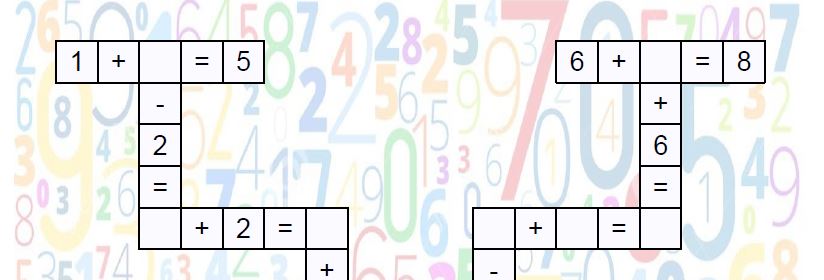
This game speaks for itself. You must fill in the crossword puzzle below to satisfy the sum and difference of each equation.
Sum Search

Some numbers in this puzzle will make a total of the yellow number when you add them up. The numbers must be connected horizontally, vertically or diagonally. Brain benefits of these number search puzzles are similar to the benefits of word search puzzles with the added challenge of remembering sequencing of numbers. Sum searches also help teach the properties of addition.
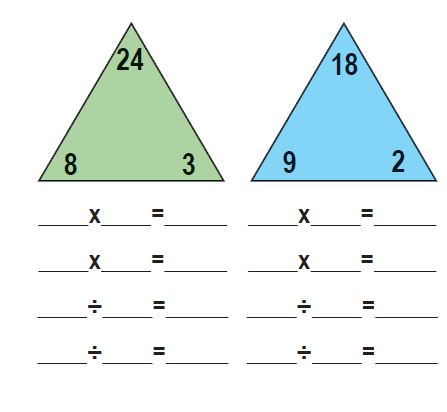
Fact Family Pyramids
These activities are very popular and self-explanatory in most classrooms. Students take the numbers they are provided in each pyramid and create both multiplication and division sentences that make use of those numbers. They offer great benefits for arithmetic reinforcement.
1 Fact families can help to reinforce the basic facts.
2 Fact families can help to teach the concept of equality.
3 Fact families help to teach turn-around facts (commutative and anticommutative properties of multiplication and division).
Magic Squares

In this puzzle, students must write a unique number in every square. Each magic square grid must use numbers 1 through 9.
The sum of the numbers in the rows, columns and the diagonals must the same as the numbers printed around the puzzle. Each number can only be used once in the puzzle.
Sum searches are great for strengthening mental math and logic skills.
Check Out The Arithmetic Puzzle Challenge on Amazon!
This workbook is intended for elementary students that are mastering subtraction, addition, multiplication/division fact families, fractions and decimals.
The activities in this book combine arithmetic and mental-boosting puzzles that will challenge and entertain your student at the same time.
Check out Cerebrum Publishing’s Portfolio!
Math puzzles are not just for older generations. The challenge offered by puzzles boost cerebral health in children as well. Math puzzles can help children develop an enthusiasm for numeracy. They give students an opportunity to practice math in a relaxed context. Math puzzles also:
- improve memory
- increase productivity
- develop strategic thinking
- provide better visual-spatial reasoning and greater attention to detail,
- help with test preparation
- mitigate boredom
There are some other interactive activities in Cerebrum Publishing’s portfolio that offer brain-boosting benefits as well. Check them out today! Their books are an awesome solution to maintaining an active mind.
